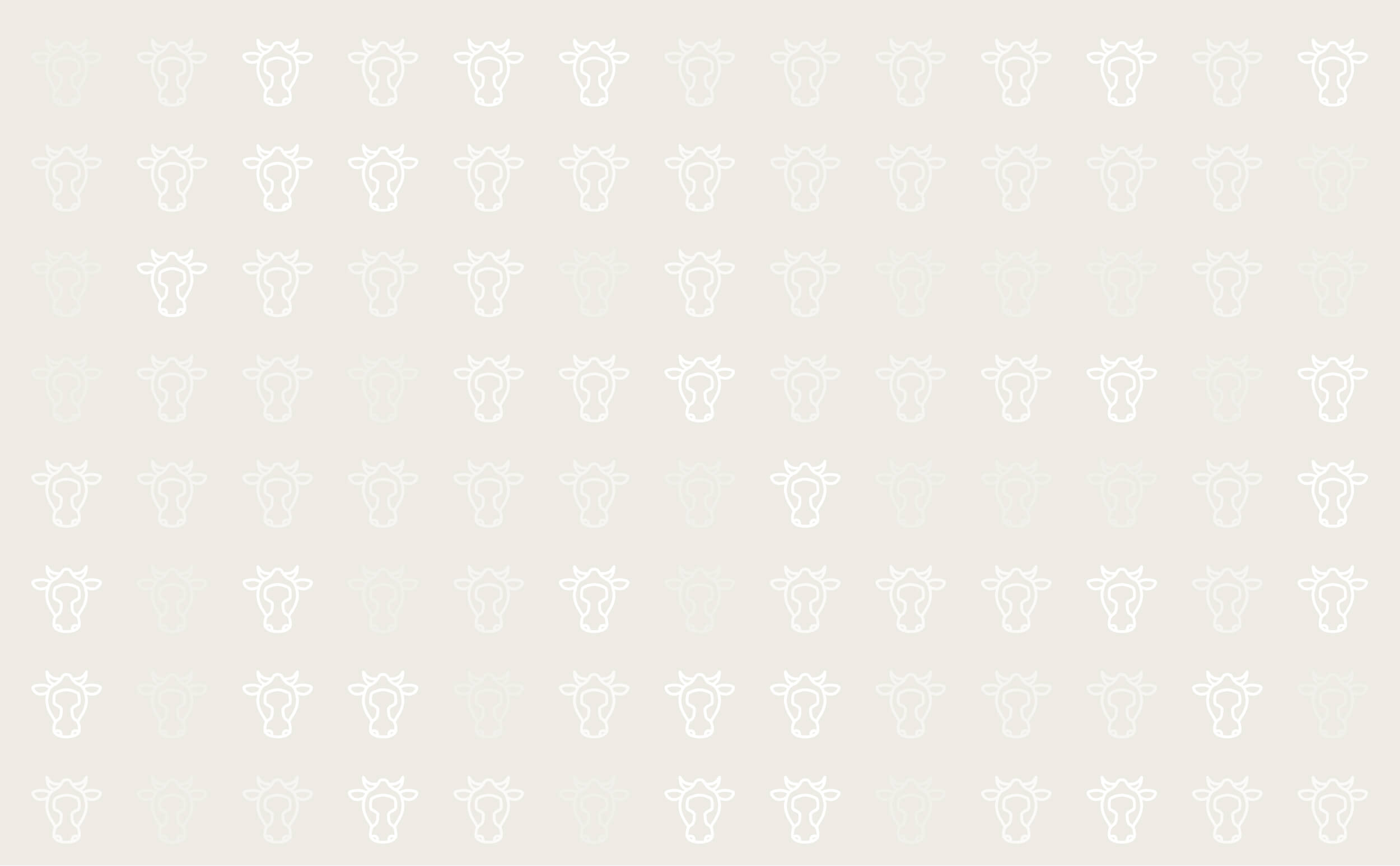



Cystic Ovaries
Cystic ovarian disease in cows is usually seen in the first two months post calving. Ovarian cysts are characterised as structures greater than 2.5 cm (approximately 1 inch) in diameter remaining on an ovary for more than 10 days. Major categories of cysts include follicular cysts, luteinized follicular cysts and cystic corpora lutea.
Cause
Factors predisposing to cystic ovaries include metabolic diseases, negative energy balance, high productivity, retained placenta, dystocia, stress and genetics.
Follicular cysts result from failure of ovulation and luteinization. (Luteinization is the structural and biochemical changes that occur in a follicle after ovulation. Follicular cells that once produced estrogen change into luteal cells of the new corpus luteum (CL) that secrete progesterone. Follicular cysts are blister-like structures, flaccid to the touch.
Luteinized cysts apparently fail to ovulate, but some luteinization occurs. Because of the varying degree of luteinization, luteinized cysts are firmer to the touch than follicular cysts though not as solid as CL.
Cystic CL are CL with a fluid filled center. Several early researchers did not find cystic CL in pregnant cows and reasoned that cystic CL could not support pregnancy. However, Cornell University researchers reported that a CL producing only 100 µg of progesterone can support pregnancy. Therefore, a cystic CL could maintain pregnancy. In the absence of pregnancy, cystic CL regress and are considered nonpathological.
Symptoms
Abnormal estrous behavior patterns are the most noticeable sign of cystic ovarian disease.
This includes persistent oestrus, shortened oestrus intervals or failure to cycle (anoestrus). Anoestrus is by far the most common sign.
Persistent bulling behaviour, or nymphomania, is by far the least common clinical sign associated with cystic ovaries.
Treatment
Early, prompt treatment is important as most cysts will not resolve on their own. Modern treatment of cystic ovaries in cattle addresses the underlying factors responsible for the development of the condition.
This could include correction of nutritional and metabolic disorders or hormonal treatment leading to induction of normal follicular turnover and resumption of cyclic ovarian activity.
Progesterone, prostaglandins and gonadotrophin-releasing hormones are the most commonly used products.
Prevention
The causes of ovarian cysts are not fully understood, which means there are no specific prevention regimes. However energy deficiency is a major factor and reducing the depth and length of the period of negative energy balance after calving, will significantly reduce the incidence of cystic ovaries.

